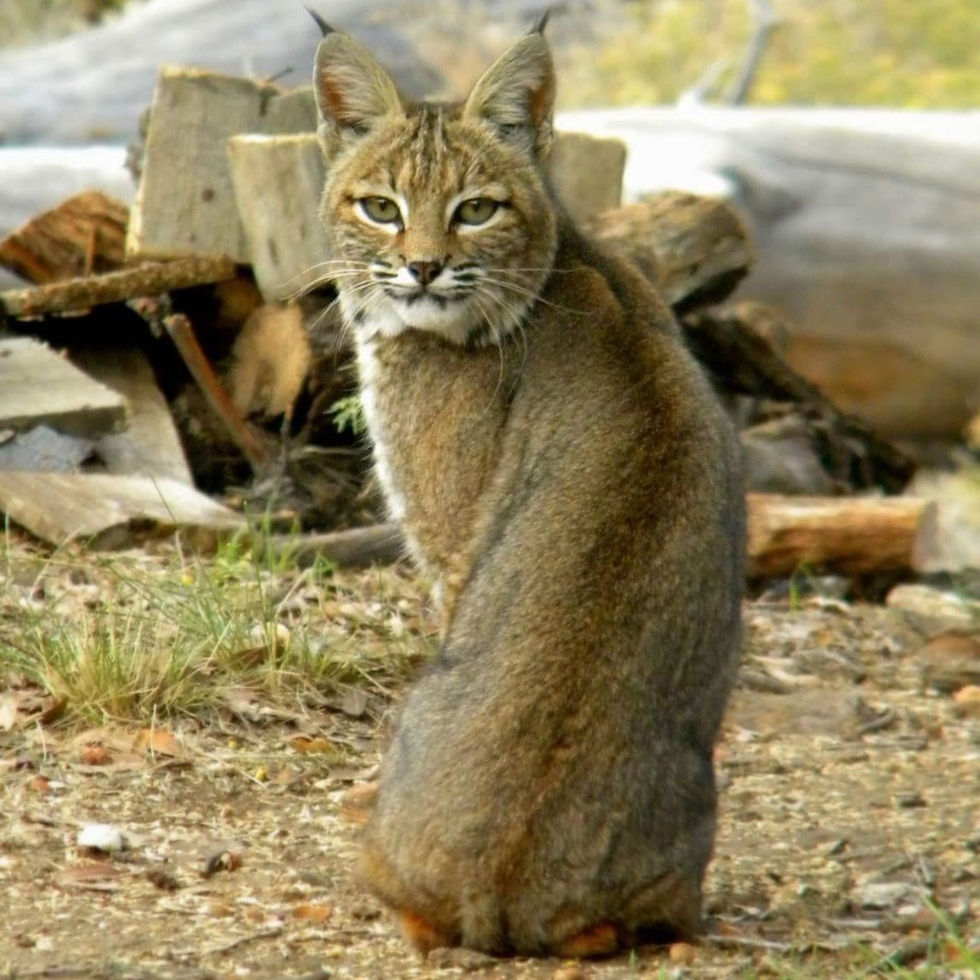Tips for Gardening in Julian
- Eva Hatch

- Apr 14, 2021
- 4 min read
Updated: Jan 26, 2022

Whether you are just settling in or looking to spruce up the yard, Julian has a long history as an agriculture center. It’s no secret that we are known for apples. Other commonly found plants are lilacs, firs, daffodils, and deciduous trees. The San Diego Mountains are a unique microclimate. Unlike the rest of San Diego County, we experience the four seasons. The Julian region is Zone 7 to 9, depending on your property location, with an average of 170-240 days of frost-free growing weather. This allows us to grow plants that can’t survive in other parts of the county. It is important to note that within the greater Julian area, there are a number of microclimates that may impact your garden.
I admit I am not much of a gardener, but I do have a few family members who are. With the help of family and neighbors, I have compiled everyone’s best tips and tricks for you.
What to Plant
A successful Julian garden is composed of plants that grow in our zone, are drought-resistant, don’t attract wildlife, and preferably native species that fit the feel of the area. Did you get all that? It’s best to check with your neighbors about which plants they have had success with—and more importantly, what they haven’t had success with. Few San Diego nurseries are fully aware of the San Diego Mountain growing climate. Even native plants well adapted to high elevations need some help to increase their odds of success. Please avoid invasive plants. Before bringing a new plant home, check it for snails, slugs, and bugs.
In the book Julian Gardens by Sally Snipes, on pages 27-28, you can find a list of wildlife-resistant plants. More information is below.
When to Plant
Every long-time local knows not to plant any warm-weather plants outside before Mother’s Day. (Yes, we get snow in mid-May sometimes!) That being said, gardening is a slow process. Plants like vegetables are seasonal, and timing is important for success. You can start seedlings in your house to increase the grow time. Other plants, like fruit trees and bulbs, are planted during the winter.
After the snow melts, it is a great time to start working the soil. The moist ground will easily turn. Manure, compost, or fertilizer can be put on your gardening beds. Placing a layer of thick mulch (hay, leaves, sawdust) over the worked soil can help keep the wind from drying out the bed and will be vital to your garden's survival.
Before you plant anything, make sure it is in a gopher basket. For raised garden beds, the bottom also needs to be rodent-proof.
Where to Plant
With a little planning, you can not only make your yard beautiful but also very useful. Take a good look at your yard before planting anything in the ground. How does the sun move through your yard? Do you get a lot of wind? What plants already exist in the yard? I recommend placing trees first. When it comes to planting trees, considering things like water table, shading, and wind can help make your home more energy-efficient. Keep in mind that saplings make stronger trees than mature transplants. Try to picture the plant fully grown. Allow space for the plant(s) to grow horizontally and vertically. If deer fencing is needed, additional space is necessary. At first, it may look like sprawl. With time you will thank yourself for avoiding overcrowding.
Once you know which areas of your yard will be in the shade, partial shade, and full sun, you can design your yard based on conditions smaller plants will need.
Water
The San Diego Mountains have a very limited supply of groundwater. It is really important that you take water conservation into consideration when planning your landscaping. Ground covers like grass and ivy take large amounts of water, especially in the summer. Trees will also need to be watered regularly until they become established. During the cold months, moisture helps plants survive the cold and wind. Buying drought-tolerant plants, limiting landscaping, and collecting rainwater are a few ways to help the region's ecosystem.
Gardens in the Community
Julian Elementary
Camp Stevens
The Julian Daffodil Project - The Julian community has worked hard to line the roads with over four million daffodil bulbs. The daffodils usually start blooming in February and March. Be sure to check when the Julian Daffodil Project is holding its annual Daffodil Show. For those who can't make the show, many of the daffodils are along the highways and on private property as you come into the town of Julian. A few safe spaces to pull over to enjoy the daffodils are Wynola Pizza and near the Julian Library/Julian High School. Please don't pick the flowers or steal the planted bulbs.
Plants that grow well in Julian:
Douglas fir
Coulter pine
Jeffrey pine
Ponderosa pine
Incense-cedar
White fur
California sycamore
Redwoods
Wild buckwheat
Fruit trees (apple, pear, peach, cherry, nectarine, mulberry)
Walnut
Berries (blackberries/raspberries)
Lavender
Lilacs
Honeysuckle
Rosemary
Daffodils
Narcissus
Roses
Butterfly bush
Sunflowers
Sage
Vegetables
Julian Gardens by Salley Snipes
Julian local Sally Snipes has been gardening in the region for over 50 years. She's the community's go-to resource for anything gardening and the founder of the Julian Daffodil Project. In Julian Gardens, she shares her local knowledge, tips, tricks, and gardening practices. In the book, you can find a bloom calendar, planting calendar, a list of wildlife-resistant plants, and many plant suggestions. Her book is available at the OP Shop.




Comments